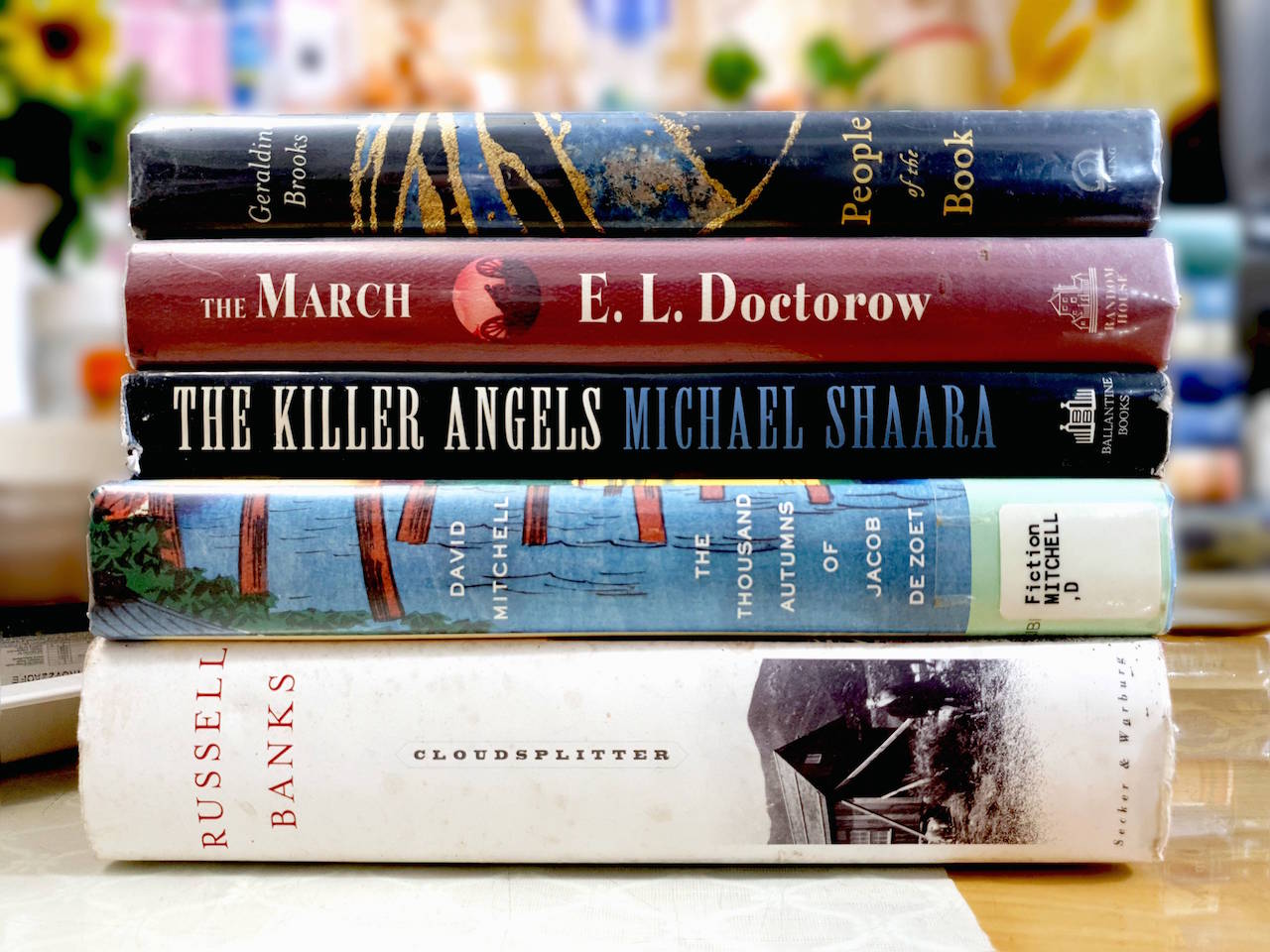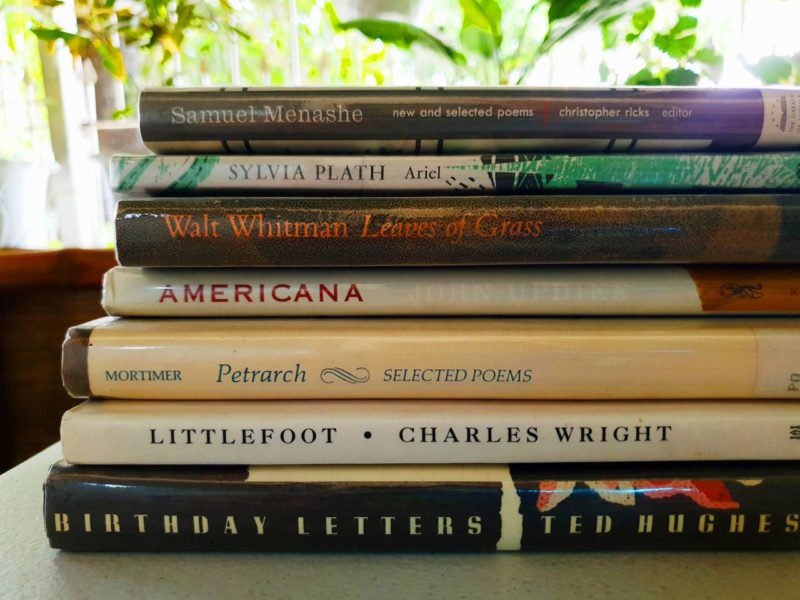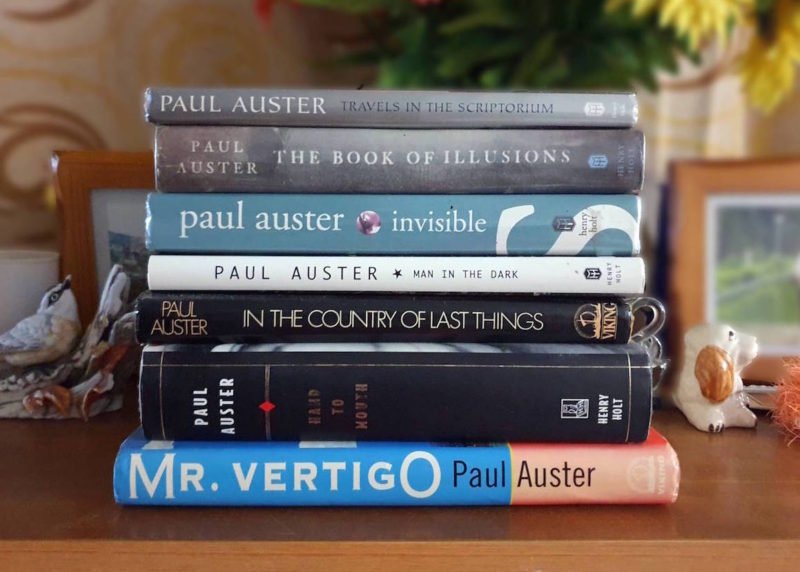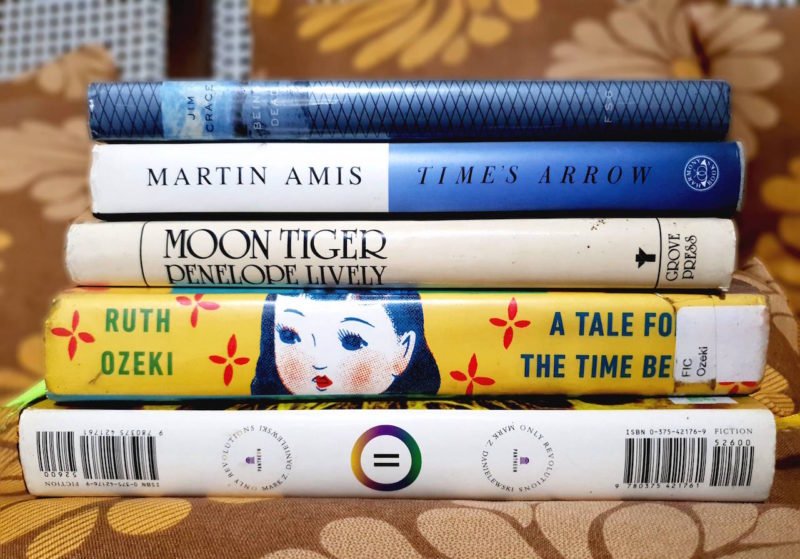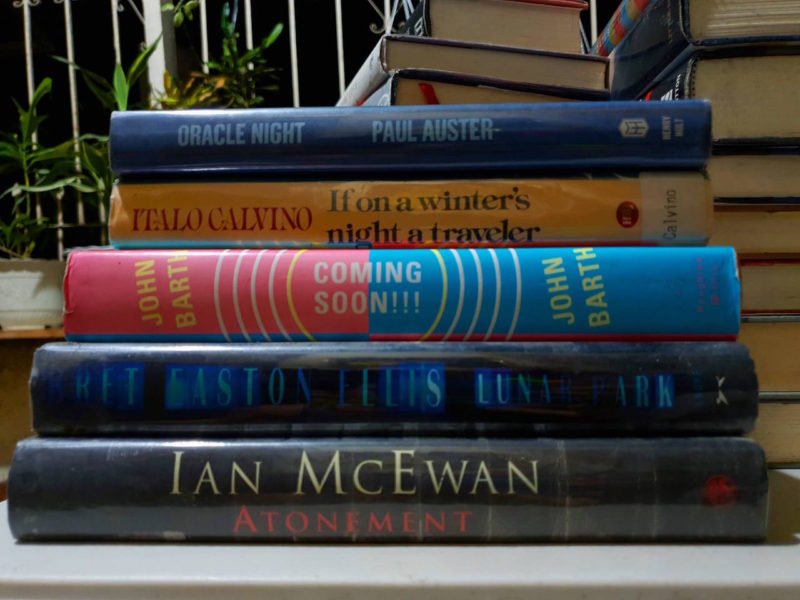The People of the Book (2008) by Geraldine Brooks
In 1996, an Australian expert on rare books named Hanna Heath was given the chance to study the famous “Sarajevo Haggadah”—a priceless parchment manuscript with exceptional illuminations that dates to the second half of the 14th century and which had been saved from Serb shelling during the Bosnian war—which was now in her possession. The tiny artifacts found in the old binding of this priceless work only start to reveal the book’s deep mysteries. They also unexpectedly throw Hanna into the intrigues of fine art forgers, ultra-nationalist fanatics, and a whole bunch of shady art dealers.
While the story revolves around the protagonist’s imagined adventures, the real-life history of the Sarajevo Haggadah is also referenced, thus making it one of the earliest surviving Jewish illuminated writings. Brooks devised a fictional history that swings from 1940 Sarajevo to late-19th-century Vienna, 15th-century Venice, Catalonia under the Spanish Inquisition, and 1480 Seville, the new home of the Haggadah’s artist.
The March (2005) by E. L. Doctorow
The March is a historical fiction about Union commander William Tecumseh Sherman’s famed Civil War march across Georgia to harm the Confederate economy. A 96-mile-wide swath of destruction is left in the wake of General Sherman’s army as it marches into the heart of the South from Atlanta to Savannah. The army defeated Confederate armies, burned towns, and rescued liberated blacks and white refugees along the route.
To write the book, Doctorow had to study Sherman’s memoirs, in which he described his catastrophic march through Georgia and the Carolinas as an inspiration. For Doctorow, war is awful because it may change people’s lives but also devastate landscapes and nations because of its unchecked and unregulated power.
The Killer Angels (1974) by Michael Shaara
Michael Shaara presents a thorough description of the three days before and including the Battle of Gettysburg in this novel. In addition, it recounts further events that occurred throughout the duration of the American Civil War. Both Union and Confederate forces landed at Gettysburg, Pennsylvania, on June 29, 1863; the actual battle occurred on the 1st, 2nd, and 3rd of July of the same year.
Although the work reads like a fantasy novel, it recounts one of the bloodiest conflicts in American history. The greatest combat of the American Civil War occurred on July 1, 1863, between the Confederate Army of Northern Virginia and the Union Army of the Potomac. 51,000 troops were killed, wounded, or missing when the fight ended.
The Thousand Autumns of Jacob de Zoet (2010) by David Mitchell
The Thousand Autumns of Jacob de Zoet by British author David Mitchell is a historical novel about a bookkeeper who travels to Dejima on the southwest coast of Japan and falls in love with a lovely Japanese midwife after she is abducted by a perilous mountain temple cult. Jacob de Zoet, a Dutch East India Company employee in 18th-century Japan, is inspired to act heroically after Miss Aiba-gawa is taken to a mountain monastery.
The story begins in the summer of 1799 at the Dutch East India Company’s trading facility Dejima in Nagasaki’s harbor. The novel is based on real events such as HMS Phaeton’s voyage to the Dutch settlement of Dejima and the subsequent ritual suicide of Nagasaki Magistrate Matsudaira Yasuhide. Apart from that, De Zoet’s persona is strikingly similar to that of Hendrik Doeff, the author of a memoir about his time in Dejima.
Cloudsplitter (1998) by Russel Banks
The historical book Cloudsplitter by Russell Banks portrays the story of the abolitionist and slave liberator John Brown. Through a narrative of almost 750 pages, the author aims to “split the clouds” around Brown’s acts and personality. Owen, the only surviving son of John Brown, relates the narrative from his hermitage in the San Gabriel Mountains of California from the viewpoint of his father at the start of the twentieth century.
Slavery was dividing the nation in the years leading up to the Civil War. With a cast of both actual and fictional characters, this novel recreates the political and social climate of that era. The most significant figure is John Brown, who is depicted as an abolitionist with biblical inspiration that propelled him towards such heinous brutality by revelations from God.
Further Reading
What does historical fiction mean? by Pippa Brush Chappell, The History Quill
So, What Exactly IS Historical Fiction? by Marianne Kavanagh, Historia Magazine
Historical Fiction is More Important Than Ever: 10 Writers Weigh In by Crystal King, Literary Hub
The Best Way to Learn History is to Read Fiction by Melissa Gouty, Medium
